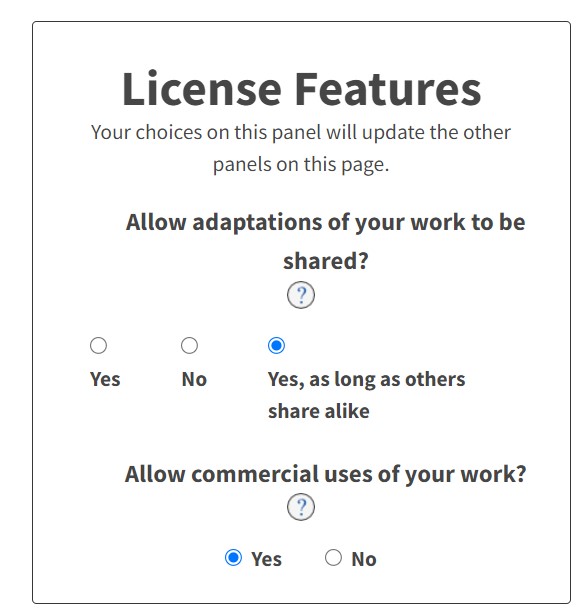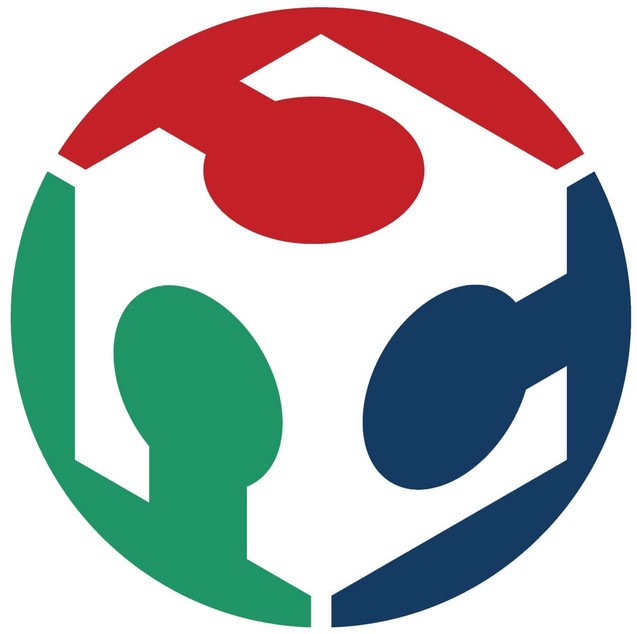INVENTION, INTELLECTUAL PROPERTY AND INCOME
DEVELOP A PLAN FOR DISSEMINATION OF YOUR FINAL PROJECT
This week aims to learn about protecting your idea and how to avoid people misusing your idea/product for their gain.
There are many types of patents for the same. The aim was to learn about them and chooses which one is right for us.
TYPES OF LICENSING
Creative Commons license: A Creative Commons (CC) license is one of several public copyright licenses that enable the free distribution of an otherwise copyrighted work. A CC license is used when an author wants to give people the right to share, use, and build upon a work that they have created. CC provides an author flexibility (for example, they might choose to allow only non-commercial uses of their work) and protects the people who use or redistribute an author’s work from concerns of copyright infringement as long as they abide by the conditions that are specified in the license by which the author distributes the work.MIT License: The MIT License is a permissive free software license originating at the Massachusetts Institute of Technology (MIT). As a permissive license, it puts only very limited restrictions on reuse and has, therefore, excellent license compatibility. The MIT license permits reuse within proprietary software provided that all copies of the licensed software include a copy of the MIT License terms and the copyright notice. The MIT license is also compatible with many copyleft licenses, such as the GNU General Public License (GPL); MIT licensed software can be integrated into GPL software, but not the other way around.
GNU General Public License:The GNU General Public License (GNU GPL or GPL) is a widely used free software license, which guarantees end users the freedom to run, study, share, and modify the software. The license was originally written by Richard Stallman of the Free Software Foundation (FSF) for the GNU Project and grants the recipients of a computer program the rights of the Free Software Definition. The GPL is a copyleft license, which means that derivative work can only be distributed under the same license terms. This is in distinction to permissive free software licenses, of which the BSD licenses and the MIT License are widely used examples. GPL was the first copyleft license for general use.
GNU Lesser General Public License: The GNU Lesser General Public License (LGPL) is a free software license published by the Free Software Foundation (FSF). The license allows developers and companies to use and integrate software released under the LGPL into their own (even proprietary) software without being required by the terms of a strong copyleft license to release th source code of their own components. The license only requires software under the LGPL to be modifiable by end-users via source code availability. For proprietary software, code under the LGPL is usually used in the form of a shared library, so that there is a clear separation between the proprietary and LGPL components. The LGPL is primarily used for software libraries, although it is also used by some stand-alone applications.
BSD licenses: BSD licenses are a family of permissive free software licenses, imposing minimal restrictions on the use and redistribution of covered software. This is in contrast to copyleft licenses, which have reciprocity share-alike requirements. The original BSD license was used for its namesake, the Berkeley Software Distribution (BSD), a Unix-like operating system. The original version has since been revised and its descendants are more properly termed modified BSD licenses. The BSD license is a simple license that merely requires that all code be licensed under the BSD license if redistributed in source code format.
CREATIVE COMMONS LICENSE
After examining everything, I decided to go with the creative commons licensing since I was working on a product and it gave better freedom in choosing the type of license.
Most of the other license is great for open source projects, as they have very minimal restrictions and no modifications be done to them, while in CC license the user gets to choose certain sub-division within the license as per his/her requirement. Another major factor to use CC licenses for my purpose is that MIT and BSD license is used mostly for software licensing and CC is for Design. So I used CC to license my project The right type of License can be chosen with the help of a license picker.
License features

Embedded code


This work is licensed under a Creative Commons Attribution-ShareAlike 4.0 International License.
